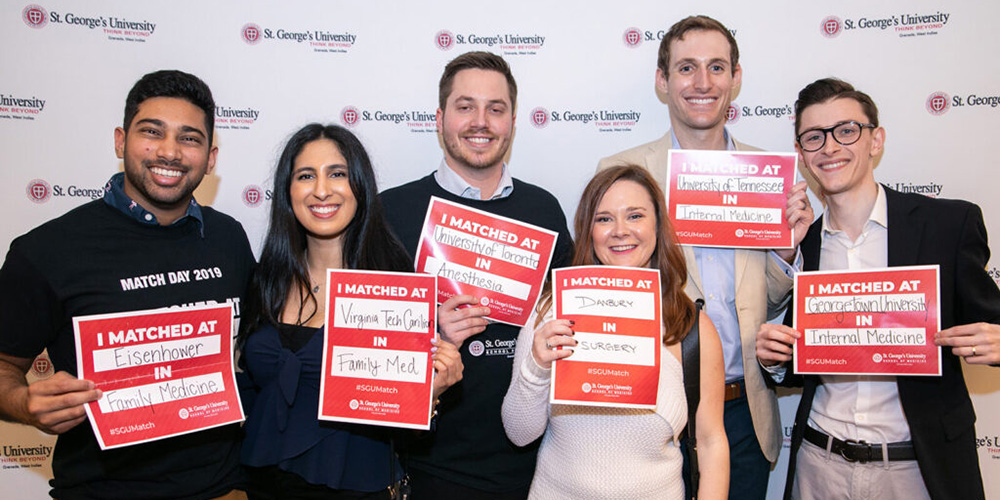Completing an accredited postgraduate medical residency is a critical part of becoming a doctor—in fact, physicians in the US can’t obtain medical licensure without it. The most successful residency experiences take place when the right applicants are matched with the right programs.
That’s why the National Residency Matching Program (NRMP) was established. The NRMP uses a computerized mathematical algorithm to place applicants into the most preferred residency positions at programs that also prefer them.
Join us as we break that down a bit further and explore how residency match works.
What to expect from the residency match process
As a medical student, your participation in the residency matching process begins when you apply to different programs using the Electronic Residency Application Service (ERAS).
Once applications are submitted, residency programs will evaluate criteria like grades, USMLE scores, your personal statement, and clinical experience to determine which medical students will receive invitations to interview. Depending on the program, residency interviews may be conducted in person or online.
After your interviews, you’ll create a rank order list in which you’ll rank the programs you interviewed with based on your preferences. Meanwhile, those residency programs will be making their own rank order lists, evaluating their interviewees.
This is where The Match’s computer algorithm comes into play. The matching algorithm pairs applicants and programs by aligning their rank order lists in a matter of minutes. Students will find out whether they matched via email at 12PM ET on the Monday of Match Week—typically the third week in March.
Medical students who don’t match at first aren’t completely out of options. Some students who don’t get placed through the Main Residency Match are often able to obtain positions through the Supplemental Offer & Acceptance Program (SOAP).
Prepare for a successful residency match
So how does residency match work? After focusing hard in medical school and clearing all of the residency application milestones, you’ll wait in anticipation for the matching algorithm to reveal your fate. Then everything you’ve worked so hard for will pay off as you begin your journey as a practicing physician.
Now that you have a better understanding of the residency match process, you’re probably curious about what residency is actually like. Find answers to your questions in our article “How Long is Medical Residency? And 5 Other FAQs About This MD Training.”

